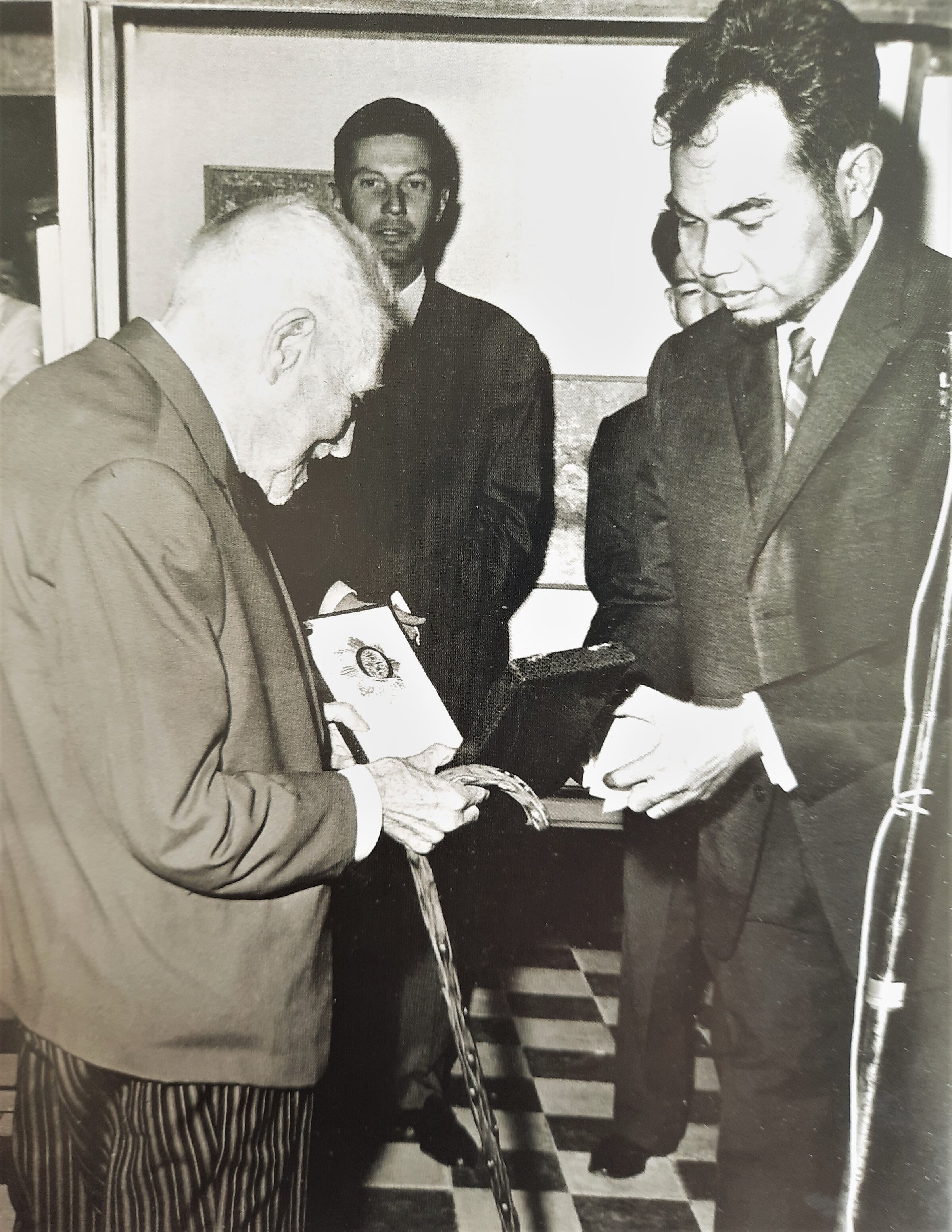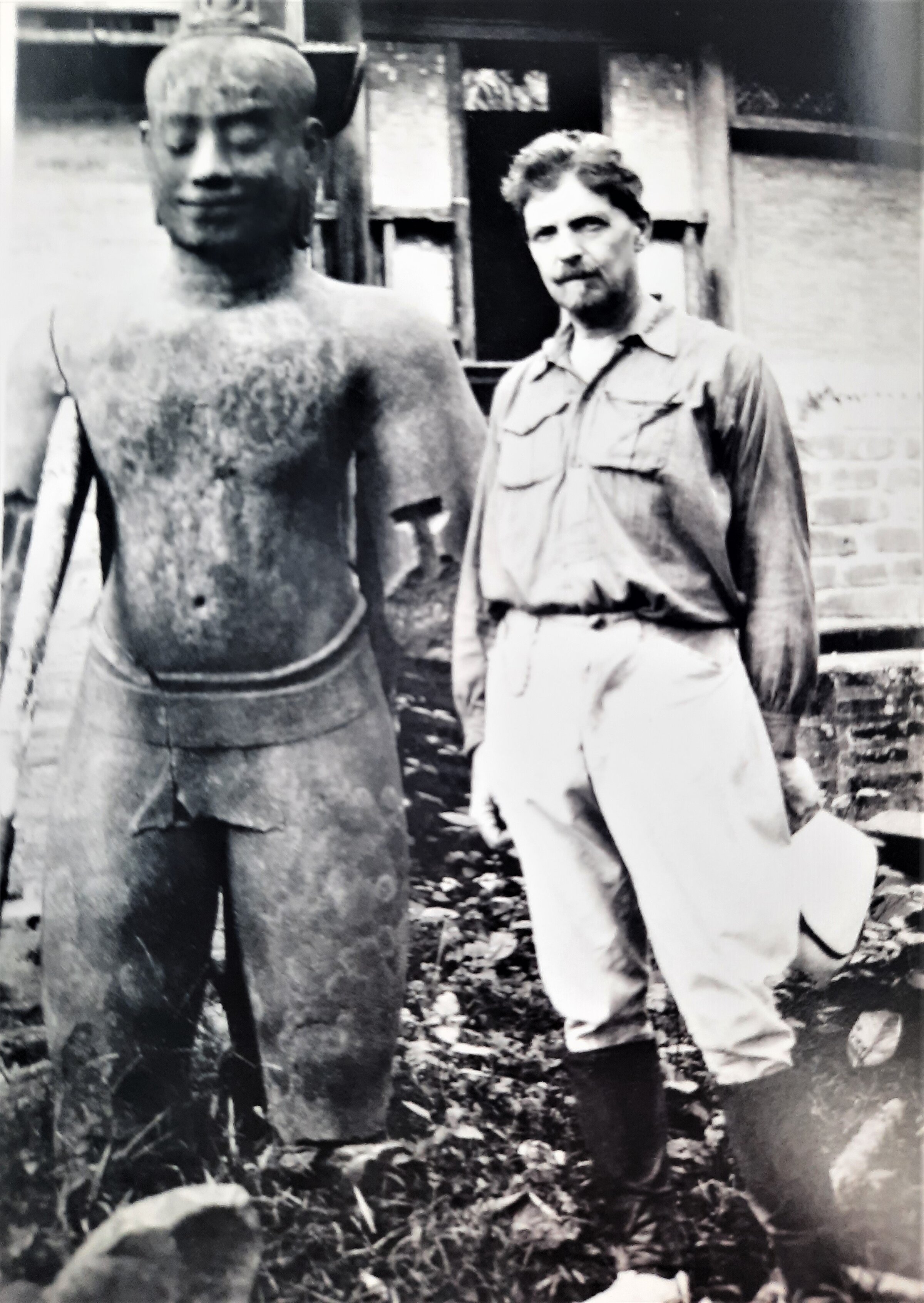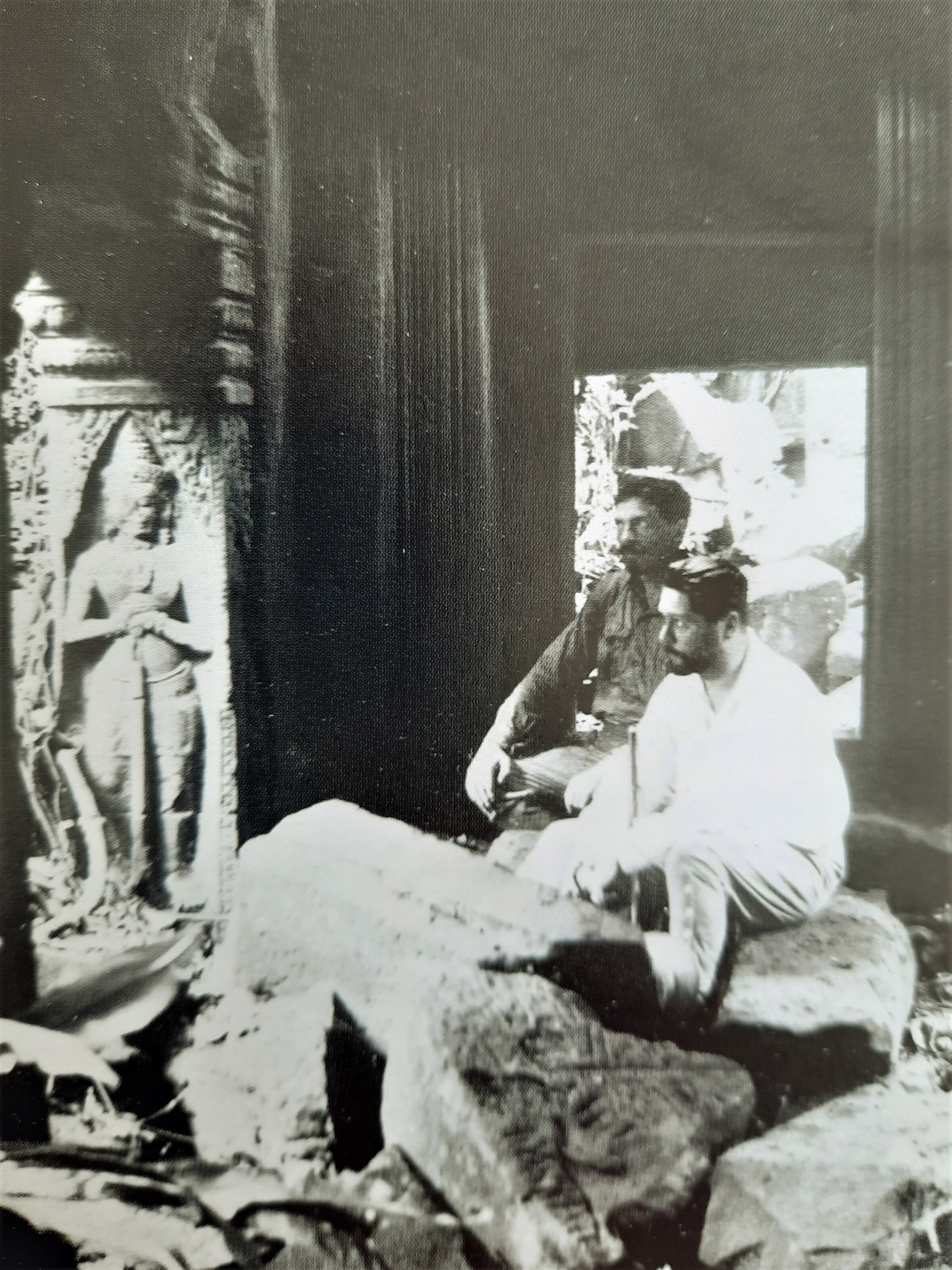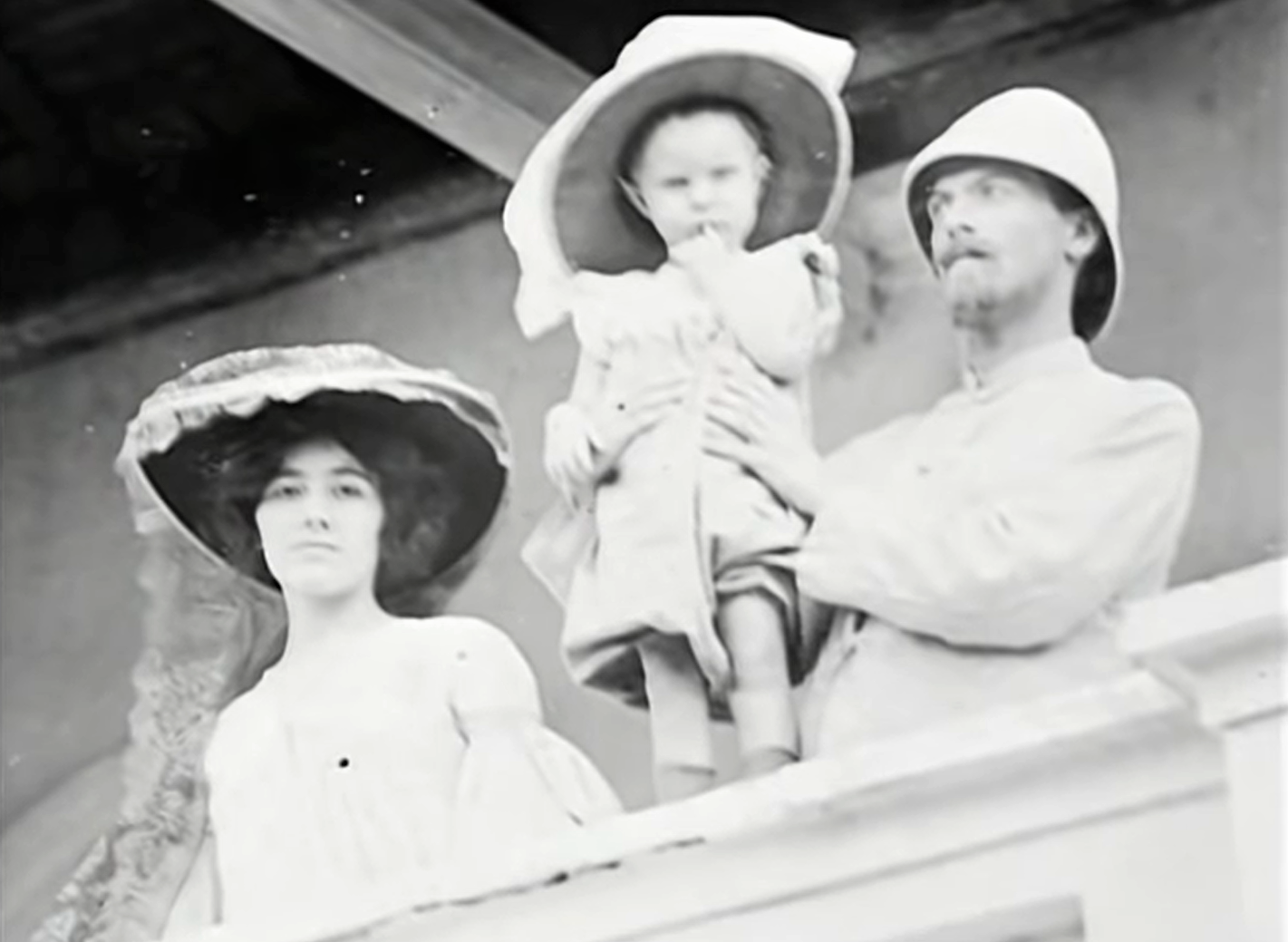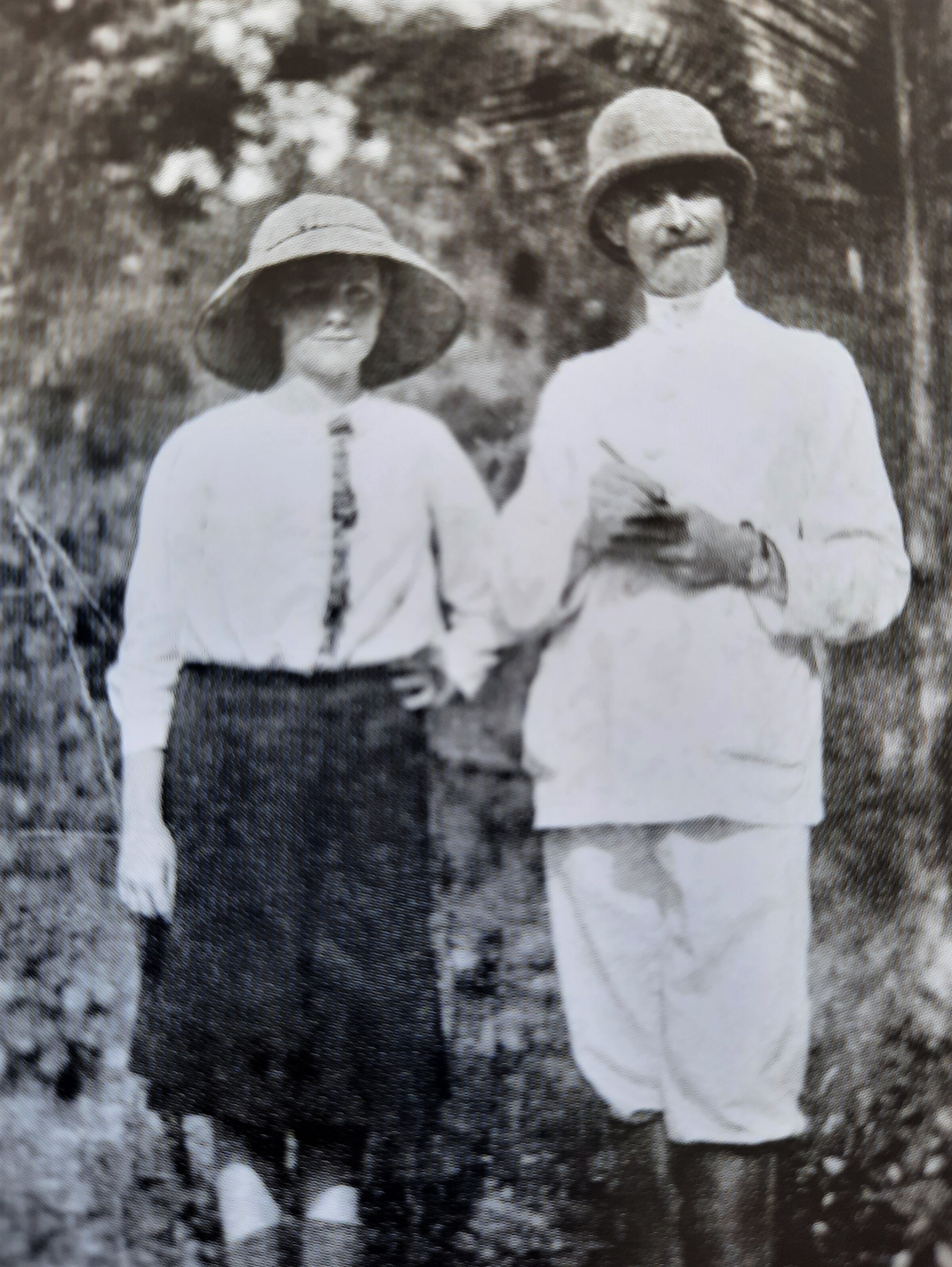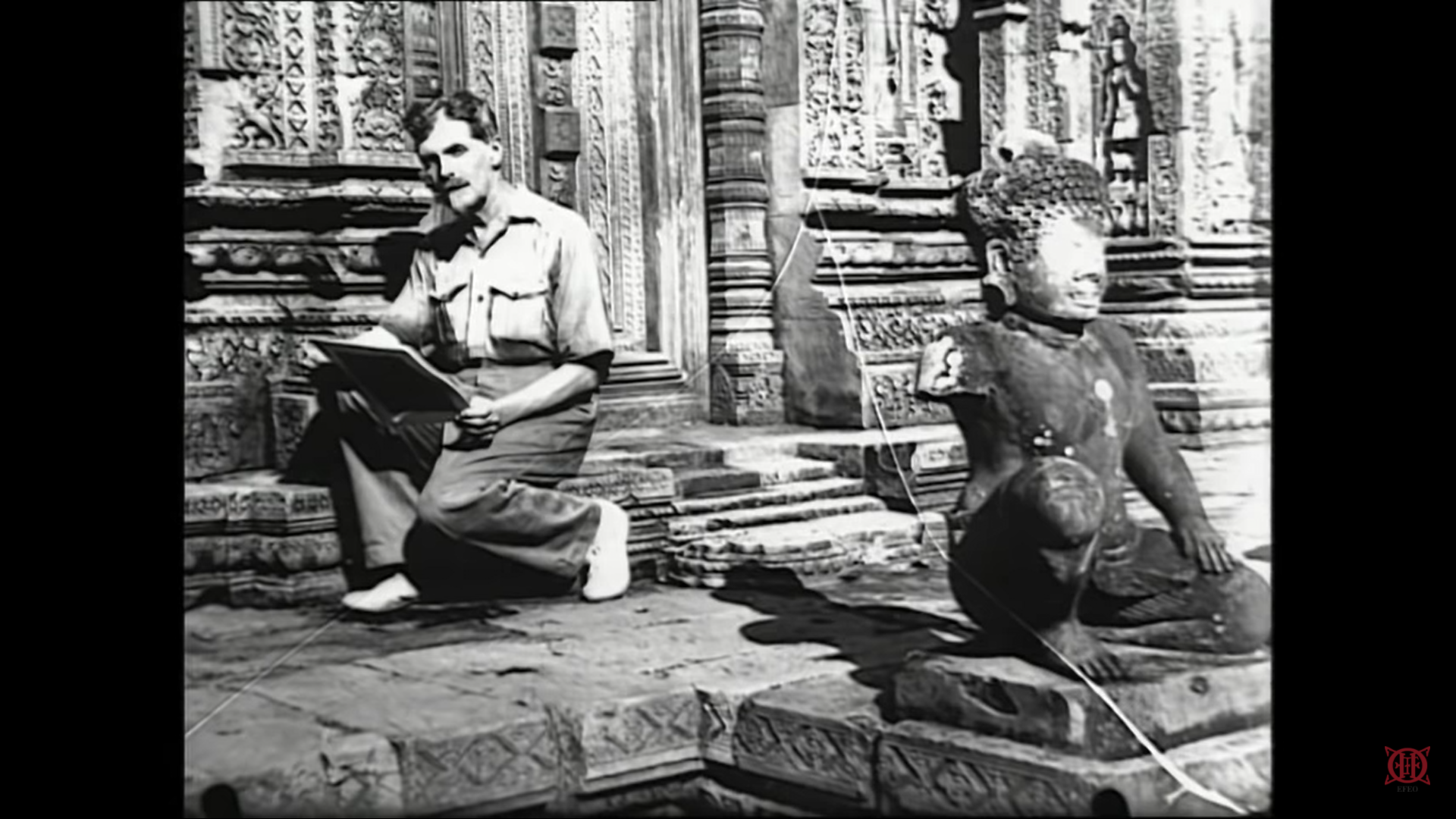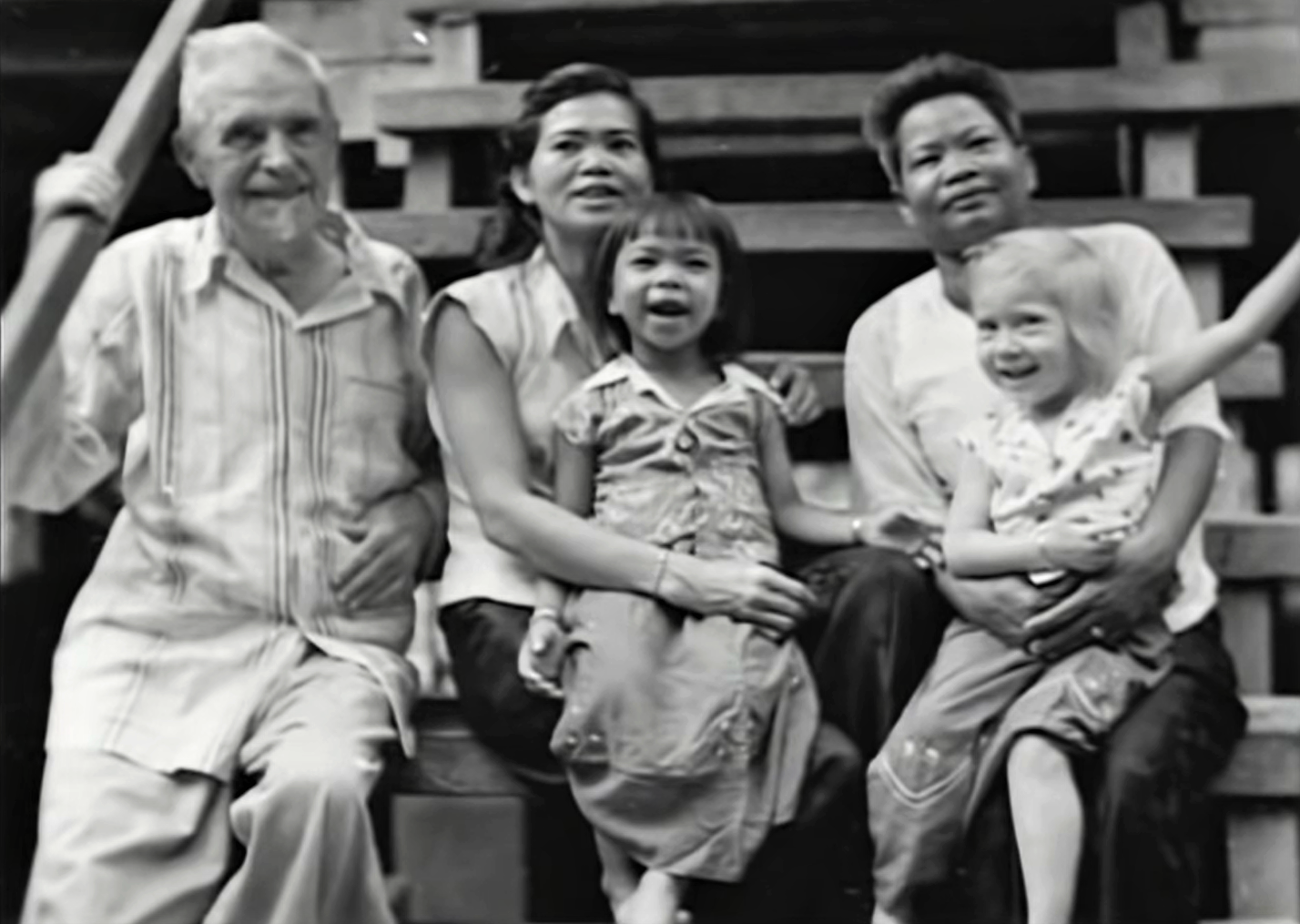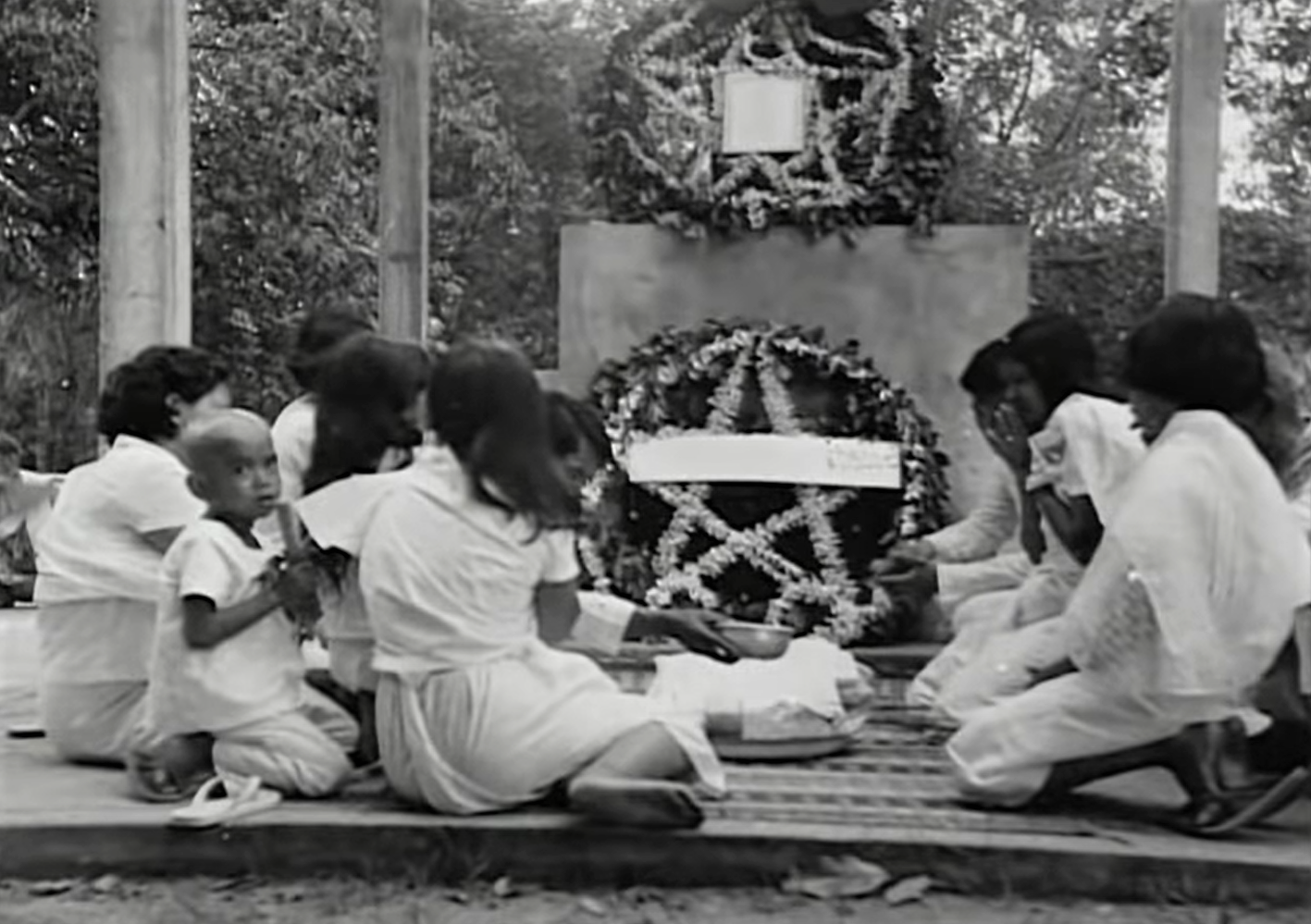Henri Marchal, un architecte à Angkor
by École Française d´Extrême-Orient (EFEO) & Henri Marchal
How a young architect became one of the greatest archaeologists and conservators at Angkor.
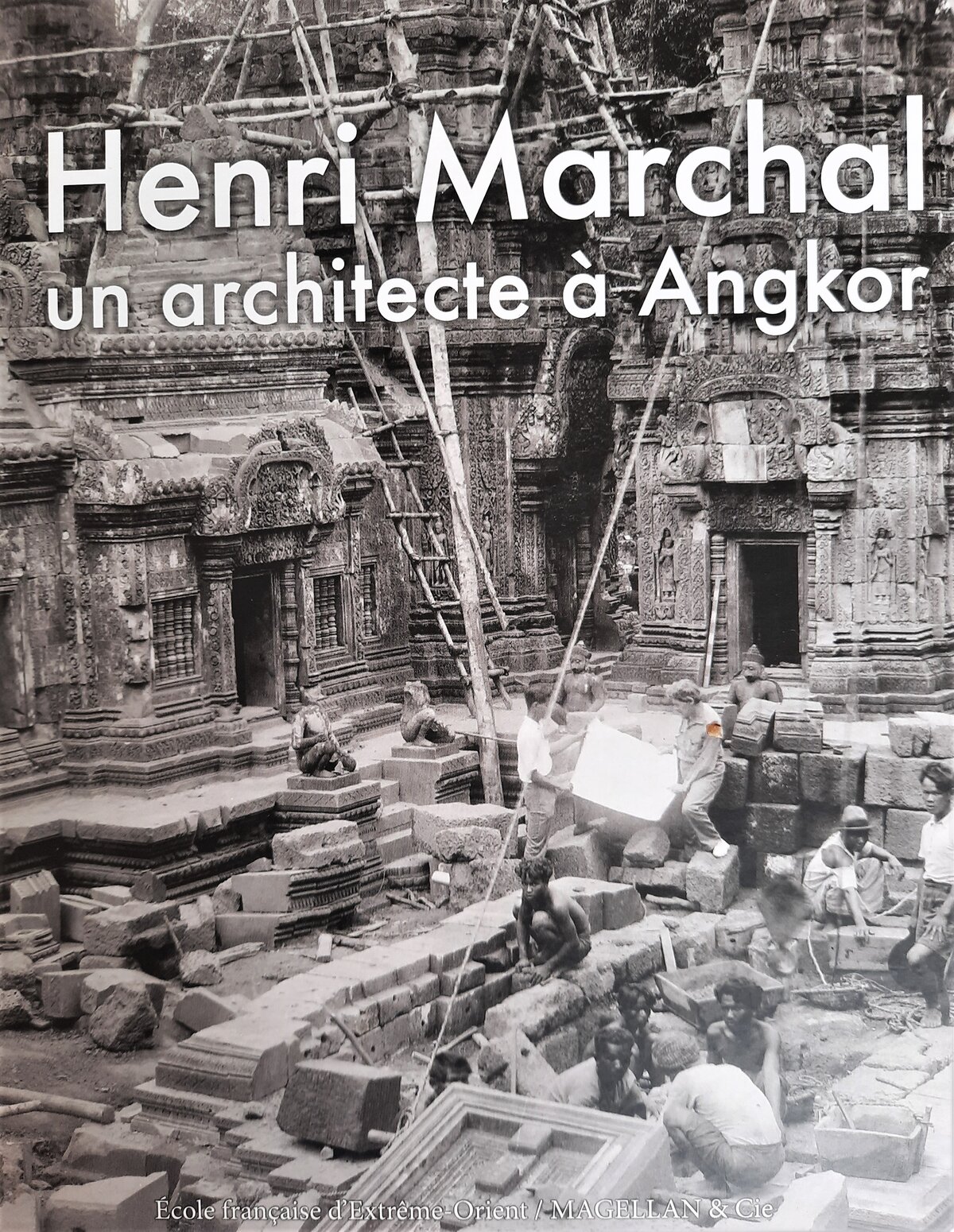
Type: hardback
Publisher: EFEO/Magellan&Cie, Paris
Published: 2020
Authors: École Française d´Extrême-Orient (EFEO) & Henri Marchal
Pages: 287
ISBN: 9782350745848
Language : French
Fascinated by Asia since he had visited the 1889 Exposition Universelle as a young boy, Henri Marchal (1876−1970) was completing his studies at the Paris École des Beaux-Arts when a position as civil engineer in Phnom Penh was offered to him, in 1905.
A long and fruitful career as archaeologist and conservator was to follow in Cambodia, with the official recognition of his major contribution coming in 1966, when he received the Medal of the Royal Order from the hands of state architect Vann Molyvann.
This exhaustive book offers us many outlooks on Henri Marchal’s life and accomplishments, including excerpts of the Travelogue-Journal he kept (and illustrated with some wonderful drawings and watercolors) during his journeys across Asia, and his notes as archaeological worksite supervisor.
His work at Banteay Srei is particularly well-described. This temple, erected around 967 CE by Jayavarman V’s vrah guru (spiritual guide) Yajnavaraha, along with his younger brother Vishnukumara, and later on decorated by their sister Jahnavi, presented singular architectural traits, and therefore unprecented challenges for its renovators (note: usually translated as ‘The Women’s Citadel’, Banteay Srei was probably more ‘The Fortress of the Royal Fortune’, dedicated to the goddess Sri-Lakshmi).
In 1947, when he was already 71-year old, Henri Marchal started afresh a new campaign of renovation and restoration, in particular with Angkor Wat southern gallery, severely damaged during World War II.
The book also addresses the work of Marchal’s eldest daugher, Sappho, whose contribution to the study of Khmer sculpture and sacred dance has too often been overlooked by French academics.
With a statue found on the Bayon site in 1920; below, with George Groslier at Preah Khan in 1917
Edited by EFEO, Isabelle Poujol and Mark Wiltz.
Texts by Christophe Marquet, Vann Molyvann, Olivier de Bernon, Christophe Pottier, Éric Bourdonneau, Lucie Labbé and Henri Marchal.
(photos from the EFEO Fonds Marchal)
Tags: archaeology, architecture, conservation, French explorers, Banteay Srei
About the Authors

École Française d´Extrême-Orient (EFEO)
The French School of the Far East (École française d’Extrême-Orient, abbreviated EFEO) was founded in 1900 with headquarters in Hanoi, in what was then French Indochina. After the independence of Vietnam, its headquarters were transferred to Phnom Penh in 1957, and to Paris in 1975.
Its main fields of research are archaeology, philology and the study of modern Asian societies. Since 1907, the EFEO has been in charge of conservation work at the archeological site of Angkor.
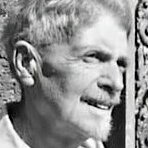
Henri Marchal
Henri Marchal (24 June 1876, Paris — 12 Apr. 1970, Siem Reap), director of the Archaeology Department at the École française d’Extrême-Orient, served as Chief Conservator of Angkor from 1916 — after Jean Commaille was killed by looters — to 1936, and then again after Second World War II, from 1947 to 1953, substituting Maurice Glaize.
Traveling extensively through the Far East (and also Egypt and Greece), the tireless architect and archaeologist led the discovery and restoration of multiple Angkorian sites, from Angkor Thom’s Victory Gate to the Elephants Terrace to the Bakheng Temple, Preah Khan, Banteay Srei, and many more.
In 1930, Henri Marchal had studied during a trip to Java and Bali the anastylosis technique, invented by a team led by the scholar Stein-Callenfels (1883−1938) from the Netherlands Indies Archaeological Service in Java. For the first time, he applied this method to the Banteay Srei temple, having the remaining structure taken apart piece by piece, each numbered, and the stones reassembled one by one.
After wife Mary Gerny-Marchal’s death in 1945 in Paris, Marchal resolved to come back to Cambodia, but first edited a posthumous homage, Enthousiasmes, Recueillements et Poemes Khmers, collecting poems written by Mary in the 1920s and 1930s. His first task upon returning was the restoration of Angkor Wat South Gallery, which had partly collapsed during World War II and the Thai bombings of the area.
Officially retired in 1957, he spent the rest of his life in his house by the Siem Reap River with his Khmer wife, Neang Niv, working on his Nouveau Guide d’Angkor (published in 1961), writing, reading and listening to music. After his death in 1970, he was “incinerated as a simple Khmer”, to quote his eldest daughter, Sappho Marchal.

